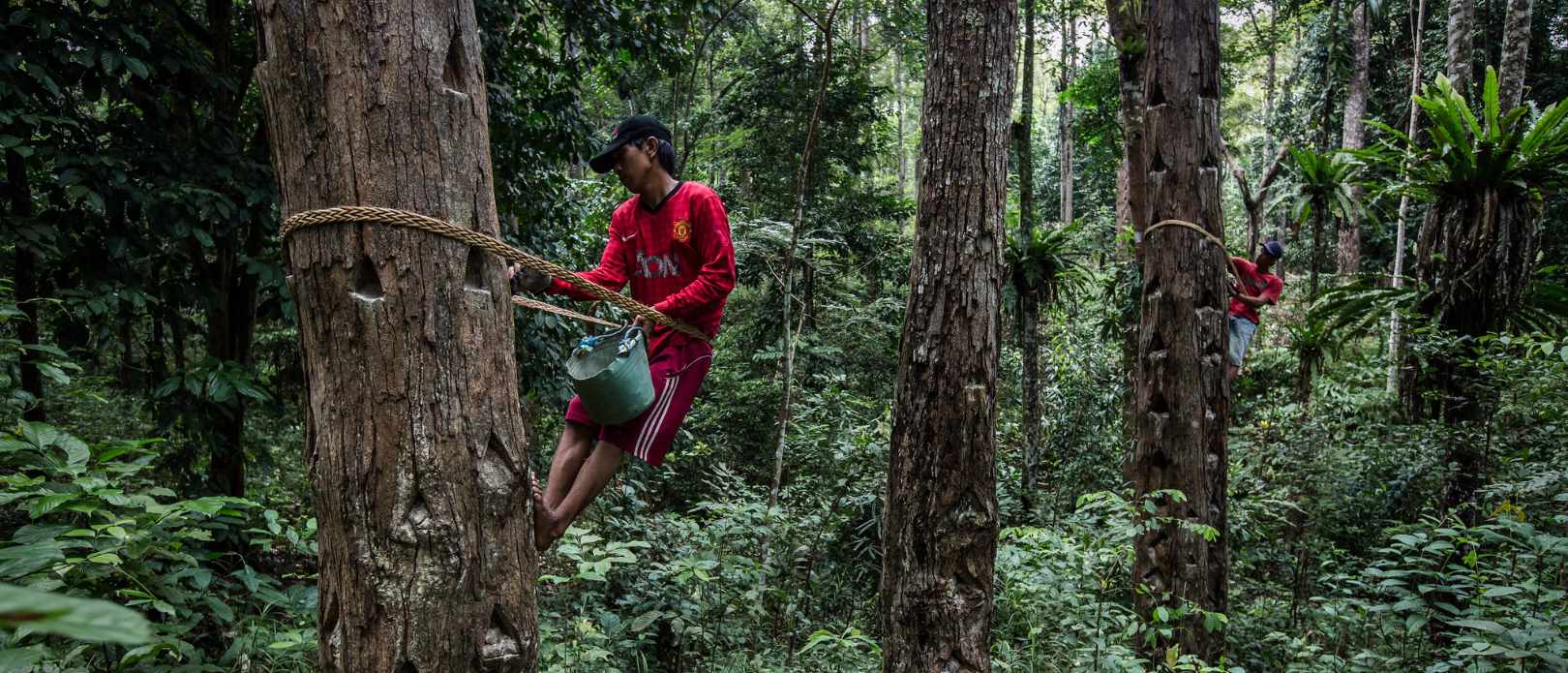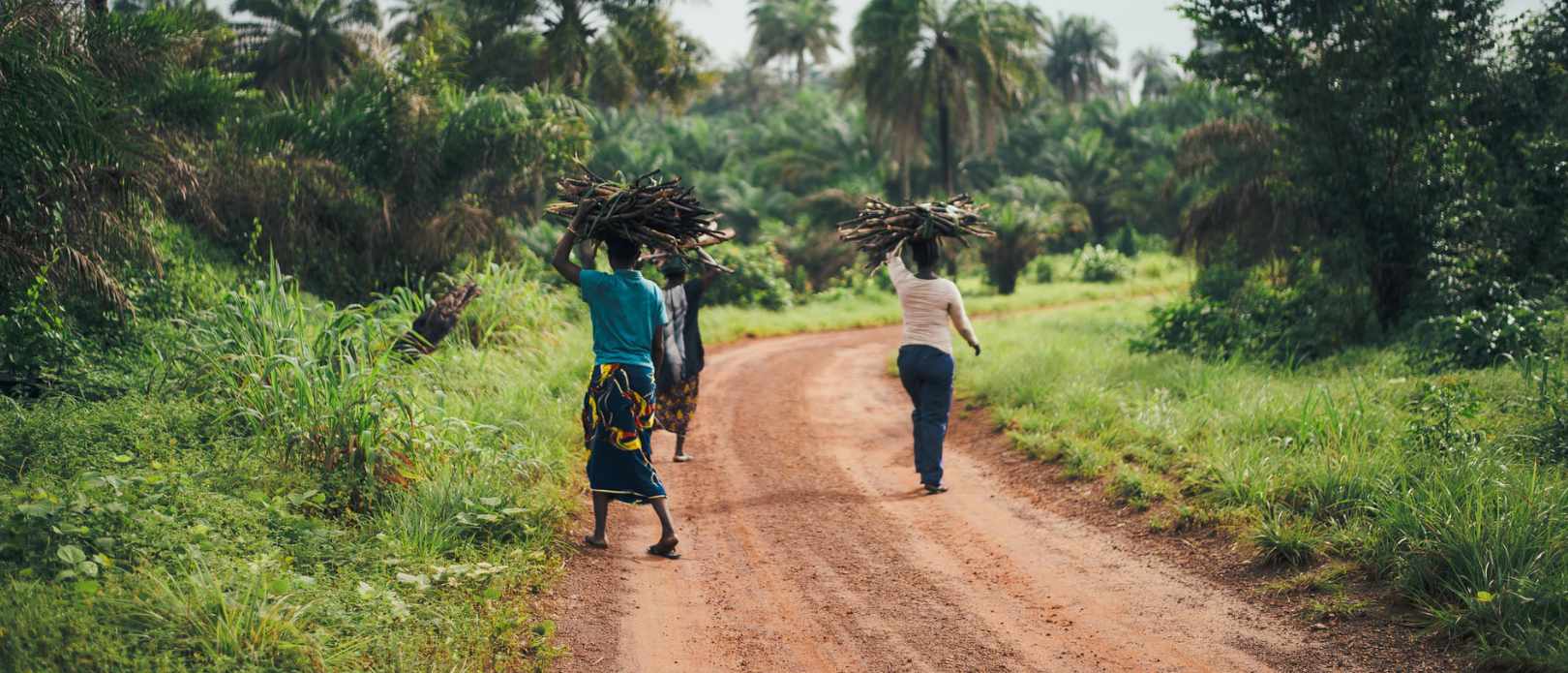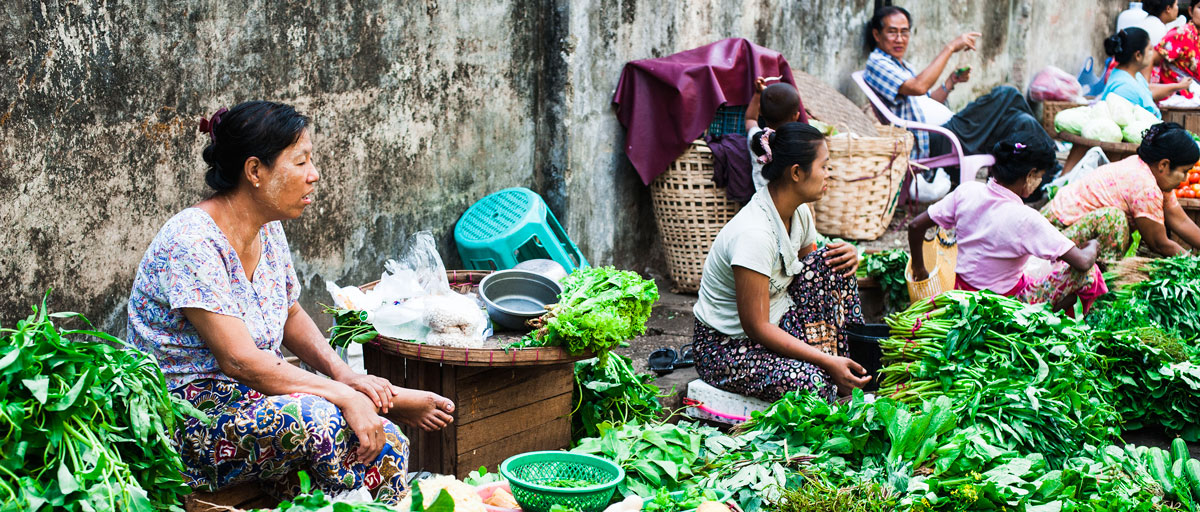International Day of Forests
Why forest restoration is more than just planting new trees

Zuhaidi (34), and Dedi Aprianto (32), collecting resin from a damar tree in Lampung province, Indonesia on November 07, 2017. In this article, centre researcher Niak Sian Koh explains why it’s important that forest restoration is done in a way that makes sense for indigenous people and local communities. Photo: Ulet Ifansasti/CIFOR
Niak Sian Koh tells us why it’s important that forest restoration policies respect indigenous people and local communities, and how insights from human rights law can help
- Humans depend on forests for food, shelter, energy, medicines and income, but the world is losing forest equal to the size of Iceland every year
- 21 March marks International Day of Forests
- Centre researcher Niak Koh explains her research exploring how insights from human rights law could help make forest restoration policies more equitable and effective
The histories of humans and forests have long been intertwined. But despite their millenia long role in providing valuable ecological, economic, social, and health benefits, global deforestation is continuing at an alarming rate, with disastrous consequences looming.
Ahead of UN International Day of Forests we sit down with centre researcher Niak Sian Koh, who tells us how ensuring human rights means taking care of nature, why it’s important that forest restoration is done in a way that makes sense for indigenous people and local communities, and how insights from human rights law may be able help us make biodiversity policies like forest restoration more equitable and effective.
Why are forests so crucial for both people and nature?
Forests provide all sorts of different services to both people and nature. Aside from providing habitats for many different flora and fauna, they are a source of fruits and nuts, medicinal plants, resins, essences and a range of barks and fibres. They provide water storage and purification, protect against floods, and are huge carbon sinks. Not to forget, they also provide a source of recreation for human health and well being.
What is extremely relevant today is that forests also shield us from pandemics. Zoonotic diseases - infectious diseases caused by a pathogen jumping from animals to humans - are on the rise due to increasing interactions between wildlife and humans, which happens when forests are cleared.
There's devastating forest loss all over the world. Why is this happening?
One of the main direct drivers of forest loss is land use change. Driven by economic development, forest is cut down and land is cleared to be used for activities like farming, mining, road building, or expansion of towns and cities.
The statistics are rather disheartening. Over the past 50 years, an estimated 75% of the Earth’s surface has been altered by humans, and this habitat and forest loss is affecting the ability for species to exist. We’ve lost two thirds of the world's wildlife populations.
Why is restoring and recovering forests equitably and sustainably so tricky?
Equitable and sustainable forest restoration is challenging because it can be done in many different ways. You can plant trees, but you need to make sure you use an appropriate mix of locally relevant species. Monocultures will not contribute towards the resilience of the overall landscape. Restoration can also mean improving soil quality, or protecting wildlife corridors to make sure that green spaces are connected.
These are the ecological considerations, but there is also the human side. You need people to take care of newly planted trees and ensure that they are able to grow, and this is a long-term investment. Restoration projects can take over 20 years!
And importantly, restoration must be done in a way that makes sense for indigenous people and local communities. This means making sure that it’s not only conservationists, researchers or practitioners who are involved, but also developing an inclusive vision of sustainable forest use together with local communities to understand how they currently use the land and what their land use goals are for the future.
What is your research about?
We know that biodiversity loss is happening at unprecedented rates and that we need to do something about it, yet current biodiversity policies like forest restoration have had mixed outcomes for people and nature. The use of exclusionary approaches, for example, can lead to inequitable restoration, meaning that people with historic ties to the area are prevented from using their land.
I look at biodiversity policies like forest restoration to understand how we can design them in ways that are more effective and equitable. Because in the end, we need to safeguard both nature and people, and protecting the health of forests also protects the health of people.
How can Human Rights Law help with the implementation of the Convention of Biological Diversity?
The Convention on Biological Diversity (CBD) is the global framework for governing biodiversity. None of the previous decade’s targets—the Aichi Biodiversity Targets—were fully achieved, an indication that we are missing the mark in terms of design and implementation.
So what can we learn from other international multilateral environmental agreements?
One area we can look at is international human rights law. Like the CBD, it’s signed at an international level, but implementation is done at a national level. There are also many links between human rights and biodiversity. Ensuring basic human rights—the right to health, water, and food— means taking care of nature. And in October 2021, the UN General Assembly recognised the human right to a healthy environment as a human right.
In my research I looked at specific ways in which human rights law has been implemented and how compliance is ensured. Which mechanisms are relevant, and how could they be applied within the Convention on Biological Diversity? What would this look like?
How do you make sure that in this case the CBD fits the national and even local context?
Policies can have different institutional designs; they can be more market-oriented, state-oriented, or more voluntary. It’s important to make sure we use an institutional design that fits each unique local context.
It's also important to be aware of the politics and power that can underlie these policies.
We need to address and navigate power inequities to avoid biodiversity policies from reinforcing social inequality.
This means reviewing mechanisms are one strategy to address inequality, as they enable meaningful civil society participation when countries are having their biodiversity or human rights record reviewed.
Going forward, what needs to change?
Conservation has seen many different trends over time. First we had the notion of nature despite people, where nature is separated off into strict protected areas. This is an exclusionary approach, because people are completely prevented from using the land.
Then you had the idea of nature for people, which is where policies like offsetting come in. With carbon offsets, for example, forests represent a carbon sink and they are used to sequester carbon and protect against climate change and biodiversity loss.
It’s time to shift our thinking towards safeguarding people and nature together. This means developing policies that are more integrated to consider both their social and ecological outcomes, which is where concepts like the human right to a healthy environment can be helpful.

Niak Sian Koh researches policy tools for balancing development with the conservation of biodiversity and social equity. Koh holds a joint Master in Sustainable Development from Uppsala University and the Swedish University of Agricultural Sciences, and a BSc in Business and Commerce from Monash University (Australia/Malaysia).
She is a member of the Swedish Institute Alumni network, having received a scholarship from the Swedish government aimed at developing global leaders.








